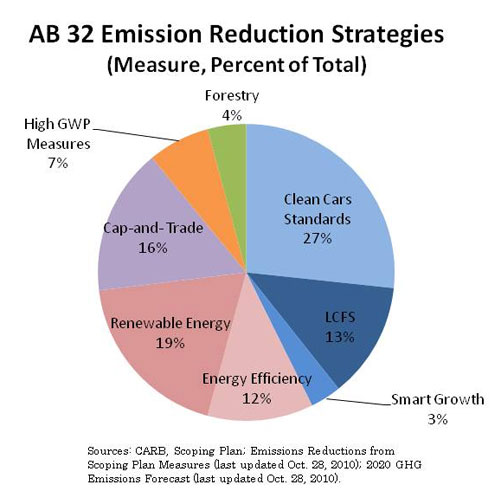
July 2011 eNews
Greenhouse Gases, Cap and Trade, Carbon Allowances: Cleaner Air or Politics as Usual?
Tom Himes, EHS Manager Carmeuse Industrial Sands
Whether we recognize global warming as science fiction
or fact, one thing is certain: industry will have to manage it. Federal
and state regulators are using existing laws to limit emissions of green
house gases (GHGs) while the politicians are fighting to delay any new
bill that mentions the words.
The controversy hits at the core of our society. For some, more
restrictions on industry will mean fewer jobs and slower economic recovery. Others
think that now is the time to act and that waiting will only make matters
worse.
The Clean Air Act treats pollution that causes global warming like any other air pollution. In 2007, the Supreme Court ordered the EPA to decide, based on the best available science, whether these pollutants pose a danger to public health or welfare. In December 2009, the EPA responded to the Supreme Court by issuing an "endangerment finding" determining that carbon dioxide and five other greenhouse gases are dangerous to both health and welfare. This finding allows the EPA to use its authority to develop standards that will reduce global warming pollution.
The Natural Resources Defense Council posts the following summary of potential effects caused by current and projected concentrations of the six key greenhouse gases:
-
Increased frequency, duration, and intensity of heat waves. The associated health problems of heat cramps, heat exhaustion, and heat stroke will be become increasingly common. The very old and very young are especially vulnerable, as well as those who are poor, socially isolated or who have chronic illnesses.
-
Increased air pollution. Increased temperatures cause increased production of ground level ozone, the main component of smog. This will increase rates of asthma and other respiratory diseases. It also makes breathing difficult for those who already have cardiac or respiratory ailments. Pollen production and allergies are also increasing as a result of increased CO2 concentrations.
-
Infectious diseases. Climate change is altering the range of disease-carrying organisms. West Nile virus carried by mosquitoes was not as prevalent in the United States until recently. More than 25,000 cases and more than 1,000 deaths have been recorded.
- Extreme weather events. This includes severe storms, increases in both drought and flooding, and associated features such as erosion and wild fires. The commenter indicates that we simply do not have the public health capacity to respond to increasing numbers of large-scale disasters that are difficult to predict.
California’s AB 32 -- Forging
Ahead
Known as the "Global Warming Solutions Act of 2006," AB
32 directs the California Air Resources Board (ARB) to develop actions
needed to reduce greenhouse gases by 2020.
One strategy is the cap-and-trade program, which works by giving a polluter a permit from the state that lets it release a certain amount of carbon dioxide and other greenhouse gases into the air. If a company emits less than its allotted amount of pollution, it can sell its unused "carbon credits" in a marketplace. Polluters can even make a profit if demand for the permits is high and their prices exceed the initial cost.
Although cap and trade is only one of the eight strategies outlined by the ARB's Scoping Plan, it has experienced the most challenges.

A San Francisco Superior Court Judge recently ruled that state air quality regulators failed to properly consider alternatives to the cap-and-trade program. The judge ruled that the failure to consider alternatives violated state environmental law, so the California Air Resources Board must conduct further review before implementing the plan.
So it's back to the drawing board for ARB to see how it will get the last remaining wedge of its Emissions Reduction "pie." ARB is expected to have the new analysis completed by early summer, at which time interested stakeholders will have an opportunity to weigh in.
next sma meeting - september 15, 2011 SMA Cocktail Networking Social for the
Building Industry next sma dinner meeting - November 17, 2011 Recovering from the Recovery: What Next
for the U.S. Economy |